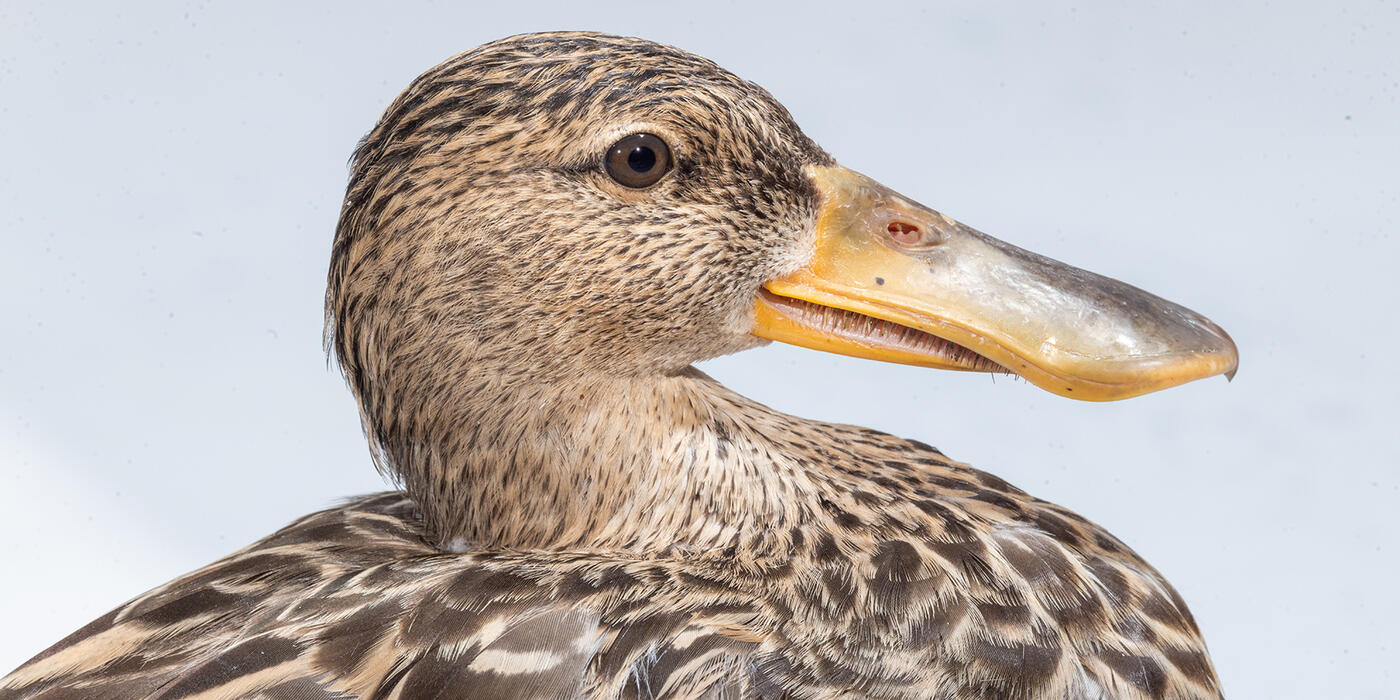Smithsonian Scientists Develop Free Tool to Improve Understanding of Migratory Connectivity
The seasonal long-distance migration of all kinds of animals—from whales to dragonflies to amphibians to birds—is as astonishing a feat as it is mysterious. Emerging technology, such as tracking and genomics, is allowing researchers to get a more complete picture of migration and the threats migratory species face throughout the year. With a new statistical tool from the Smithsonian Migratory Bird Center (SMBC), researchers can take that data to better understand the strength of migratory connectivity—whether and when populations spread out or stay together in different seasons of the year—in a quantitative way.
“Researchers have often been talking about migratory connectivity in qualitative terms, such as ‘high,’ ‘weak,’ and ‘moderate,’ but we’re not necessarily talking about the same thing with those words,” says Emily Cohen, an SMBC research associate and one of the lead authors on a paper about the new tool, published in October in the scientific journal Methods in Ecology and Evolution. “This qualitative terminology, as well as the use of differing methods, has made it really difficult to advance the field and have a more cohesive and comprehensive conversation about the research and findings. Yet these conversations could be essential to understanding the ecology and evolution of migratory species and to developing effective conservation management strategies for them.”
Understanding the extent to which migratory populations spread out or stay together between seasons—during breeding and migration and over winter—can help conservationists better understand how vulnerable that species may be to geographic-specific threats. For example, a population of migratory birds that stays together on a single island in the Bahamas—instead of spreading out across multiple islands—would be more at risk of being wiped out by a hurricane that hits that island, which could be catastrophic for a declining or endangered species. Conservationists can also look at how winter rainfall, extreme summer temperatures and a host of other localized threats may affect a population based on whether those individuals stay together or spread out.
“Our new tool will make it possible for researchers to predict more quantitatively how investing in a limited geographic area might impact a declining species,” Cohen says. “This is especially important given limited conservation dollars.”Having a way to measure the strength of migratory connectivity can also help researchers understand the ecology and evolution of a species. For example, species with breeding populations that are widely dispersed during winter, perhaps spread out across all of Central America and the Caribbean, will have access to more diverse resources (i.e., kinds of food) and be exposed to more diverse threats (i.e., predators) than those that stay together in one area. This means that species with populations that stay together between seasons—those with strong migratory connectivity—could be adapted to a narrower diet and could be threatened if that specific food becomes unavailable, for example. The role of the strength of migratory connectivity in the ecology and evolution of species is not well understood, though, and is something that SMBC scientists are working on and hope that this new tool will facilitate.
The SMBC statistical tool is a free R package that was built with the objective of increasing collaboration between scientists studying migratory animals around the world. SMBC researchers are already applying the methods for an endangered species and a common urban species, as well as in an analysis of the how migratory connectivity influences vulnerability to climate change and an Atlas of Migratory Connectivity for North America’s breeding birds.
Cohen and Jeff Hostetler, the other lead author on the paper, say the team welcomes questions and input and hopes the methods in the paper and package will be useful for many studies and species.
The paper’s additional authors, all affiliated with the Smithsonian Migratory Bird Center, are: Michael T. Hallworth, Clark S. Rushing, T. Scott Sillett and Peter P. Marra.



